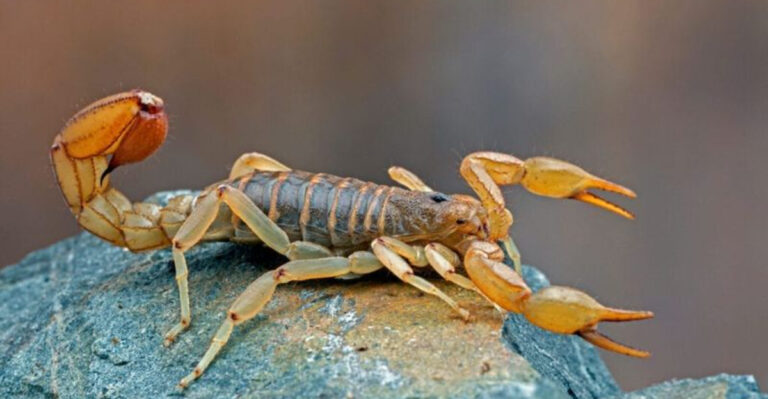Experts Sound Alarm Over Fish That Can Survive On Land
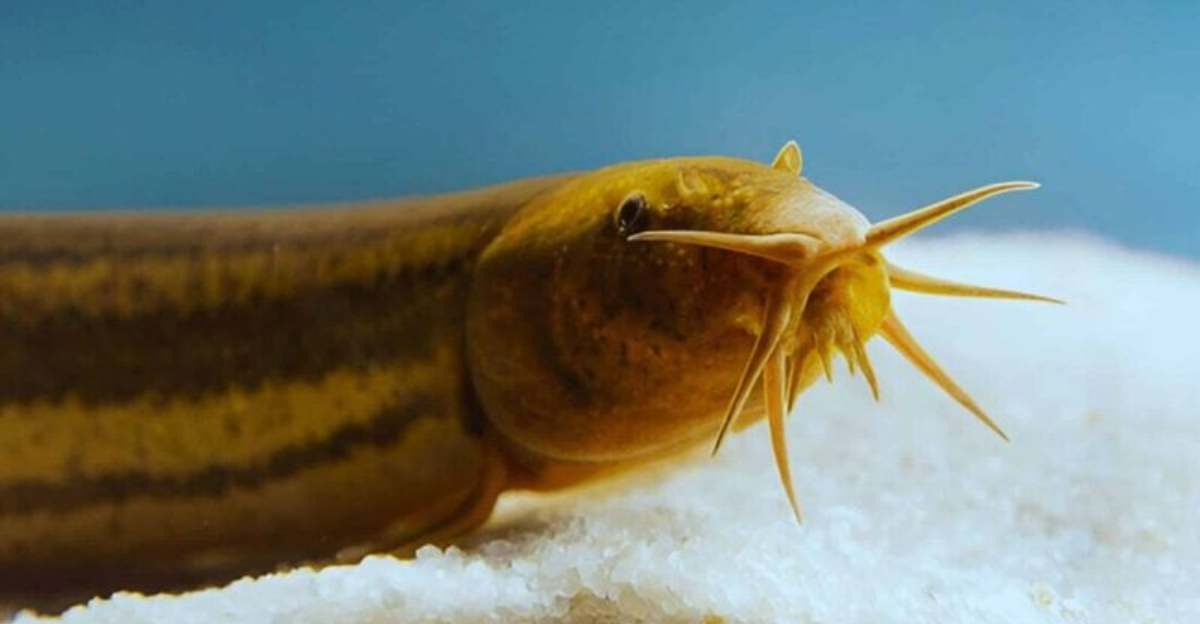
Scientists are raising red flags about fish species that can survive outside water. These remarkable creatures possess special adaptations allowing them to breathe air and move across land, making them potentially dangerous invasive species.
When introduced to new ecosystems, they can quickly spread, outcompete native wildlife, and cause serious environmental damage.
1. The Pond Loach’s Shocking Survival Trick
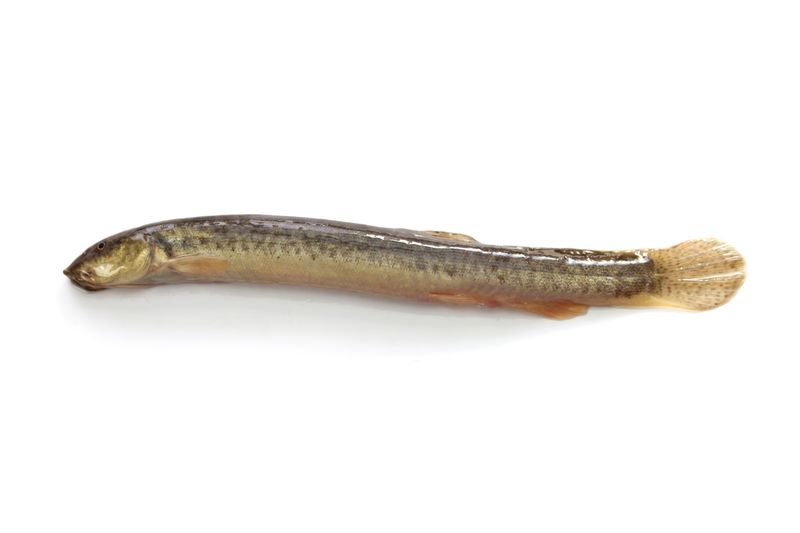
During droughts, pond loaches perform an astonishing feat that would kill most fish. They wriggle across dry ground using snake-like movements, searching for new water sources.
Their specialized gut lining absorbs oxygen directly from the air, functioning like a primitive lung. This adaptation lets them survive for days outside water, making them nearly unstoppable once they invade an ecosystem.
2. Reproduction Without A Partner
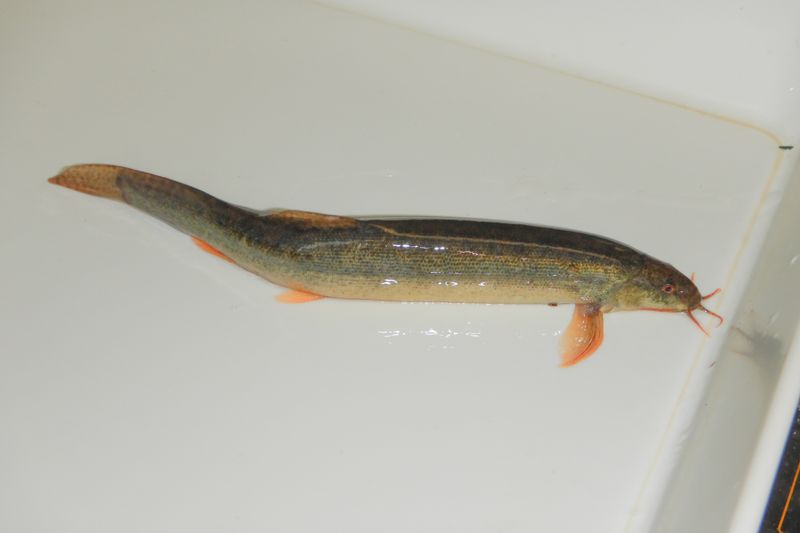
Female pond loaches possess a remarkable ability called gynogenesis. Their eggs develop when stimulated by sperm from related species, but without incorporating the male’s DNA.
Essentially, they create genetic clones of themselves. A single female introduced to a new habitat can establish an entire population. This reproductive superpower makes them particularly troublesome invaders in North American waterways.
3. How It Slipped into Canadian Waters
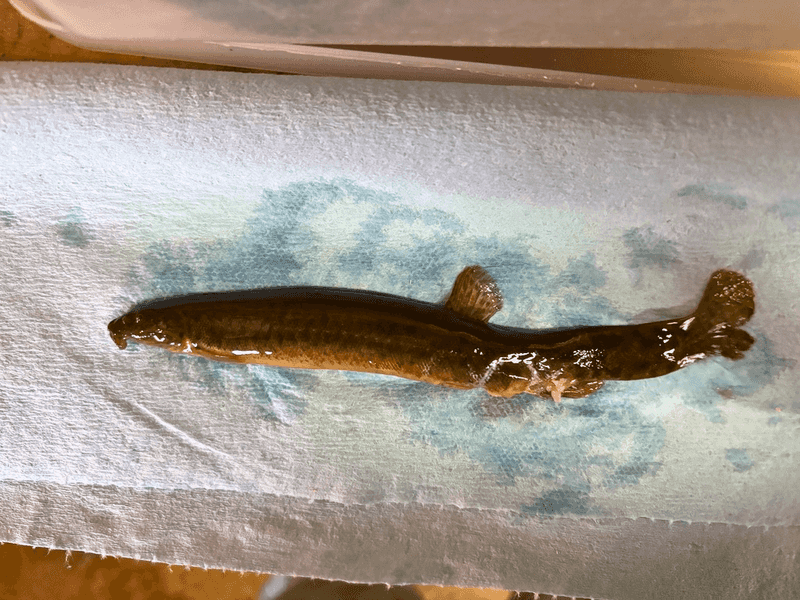
Aquarium releases have introduced pond loaches to Canada’s waterways. Unsuspecting hobbyists, no longer wanting these pets, dumped them into local streams thinking they’d perish in the cold.
Instead, the hardy fish thrived. First spotted in Nova Scotia’s LaHave River, they’ve now established breeding populations. Their presence went unnoticed until fishermen began catching these unusual specimens, by which time they were firmly established.
4. A Threat To Native Fish
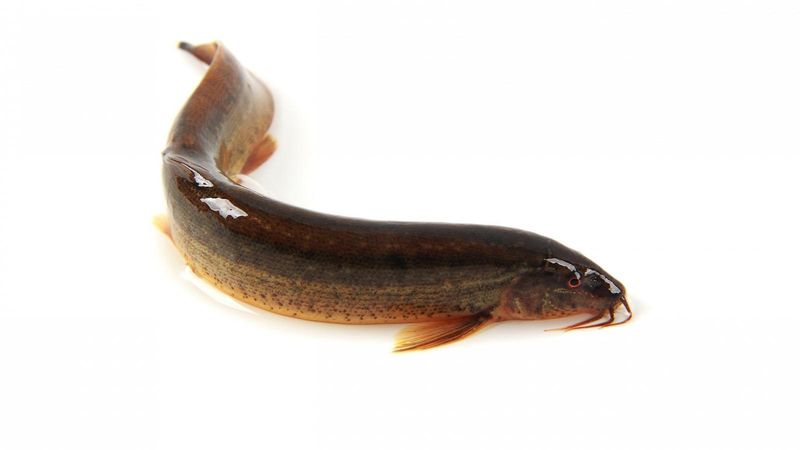
Pond loaches are voracious omnivores with few food preferences. They devour everything from insect larvae to fish eggs, directly competing with native species for limited resources.
Their bottomless appetites disrupt the natural food chain. When resources grow scarce, native fish populations decline while pond loaches continue thriving in conditions that would stress other species. Their advantage comes from being generalist feeders rather than specialists.
5. Built For The Worst Conditions
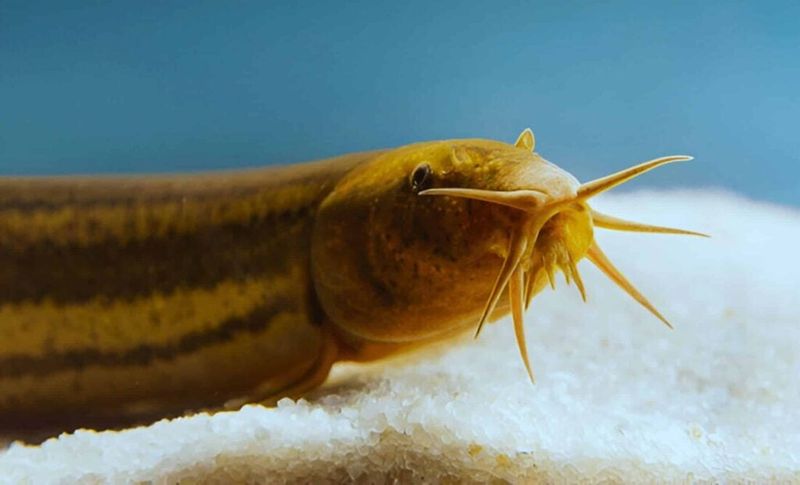
Pond loaches laugh in the face of environmental disasters. While other fish suffocate in oxygen-depleted waters, they simply gulp air at the surface.
Pollution? They barely notice it. Freezing temperatures? They burrow into mud and slow their metabolism. Their remarkable adaptability makes them perfect invaders for disturbed ecosystems where native species struggle. Conservationists call them “environmental opportunists” for good reason.
6. The Mudskipper: A True Land Walker
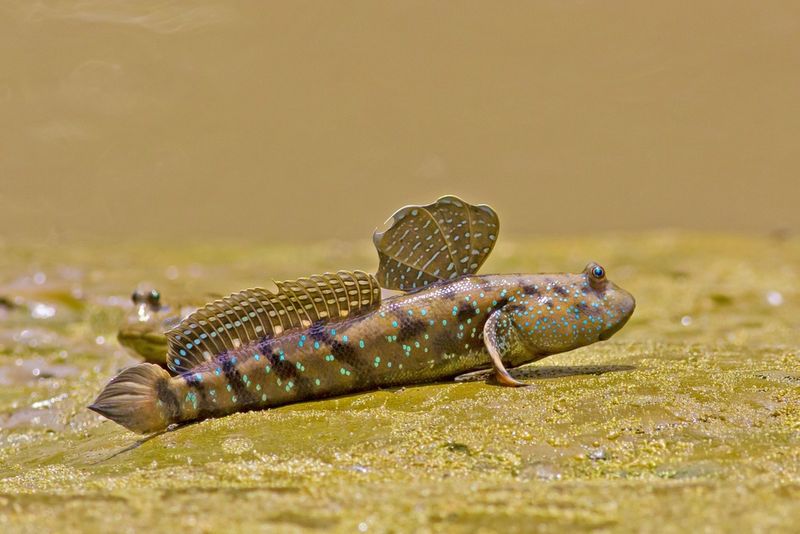
Mudskippers take land adaptation to another level entirely. These peculiar fish don’t just survive on land—they actually prefer it, spending up to 90% of their lives out of water.
Using modified pectoral fins as makeshift legs, they hop across mudflats with surprising agility. Water stored in their gill chambers keeps them moist while specialized skin absorbs oxygen. When threatened, they can dive into self-dug burrows filled with water.
7. Climbing Perch Can Cross Roads
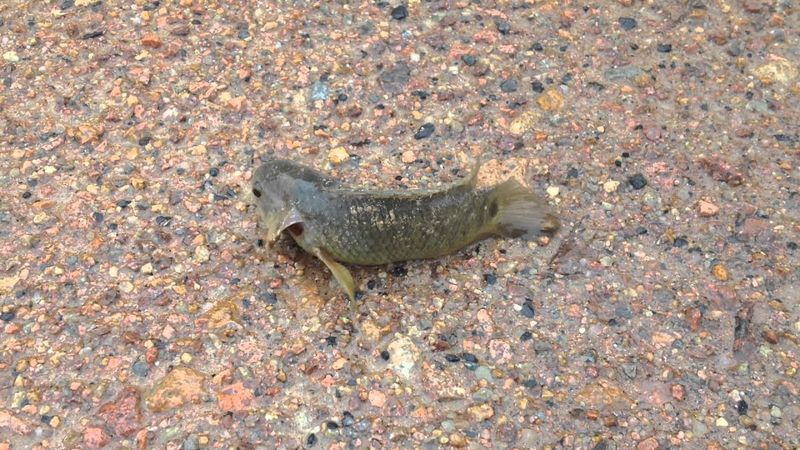
The climbing perch earned its nickname “walking fish” through determination rather than grace. Using spiny gill plates and stiff fins, it awkwardly but effectively pulls itself across land.
Australian officials fear these Southeast Asian natives could reach their northern territories. Their most alarming talent? Surviving up to six days out of water thanks to specialized organs that extract oxygen from air. They’ve been documented crossing roads and traveling surprising distances between water bodies.
8. Snakehead Fish: Another Land Traveler
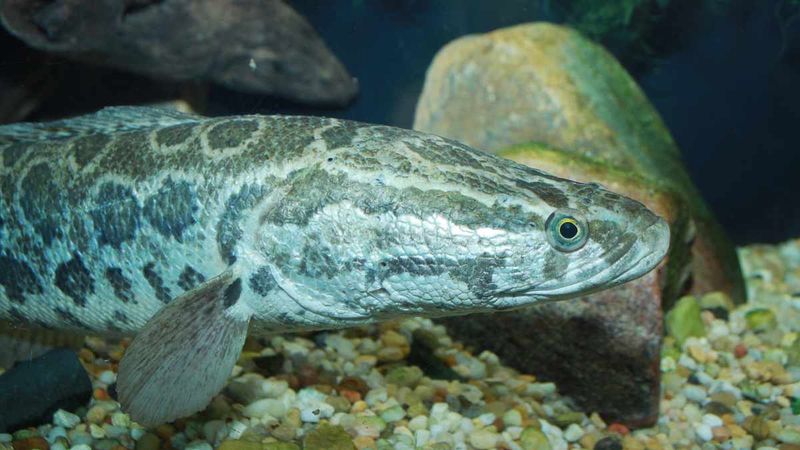
Snakeheads strike fear into the hearts of ecologists with good reason. These predatory fish can breathe air through primitive lungs and wiggle across land using their muscular bodies.
Parents fiercely guard their young, increasing survival rates. Wildlife officials have instructed anglers to kill any snakeheads they catch rather than release them. Their aggressive nature and hearty appetite for native fish make them ecosystem wrecking balls once established.
9. Lungfish: Survivors From Prehistoric Times
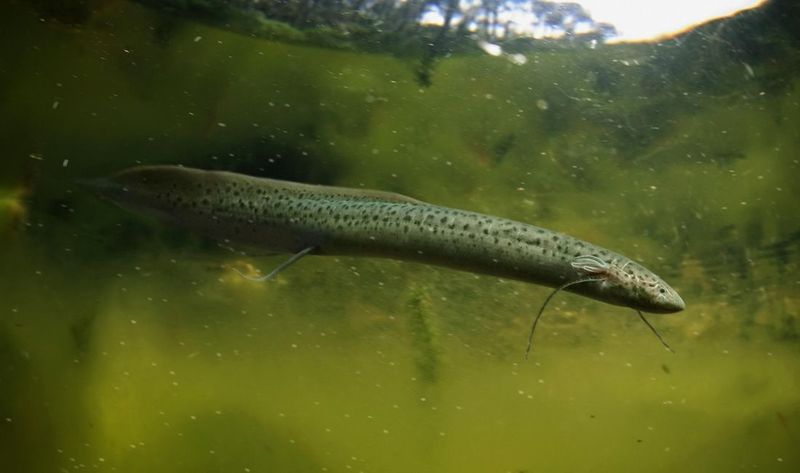
African lungfish represent living fossils with extraordinary survival abilities. When their habitats dry up, they secrete a mucus cocoon and burrow into mud, entering a hibernation-like state called estivation.
Their metabolic rate drops by 60%, allowing them to survive without food or water for years. Primitive lungs evolved from swim bladders extract oxygen from air. These ancient creatures have survived multiple mass extinctions through this remarkable adaptation, essentially becoming living time capsules.
10. Air-Breathing Catfish Exist
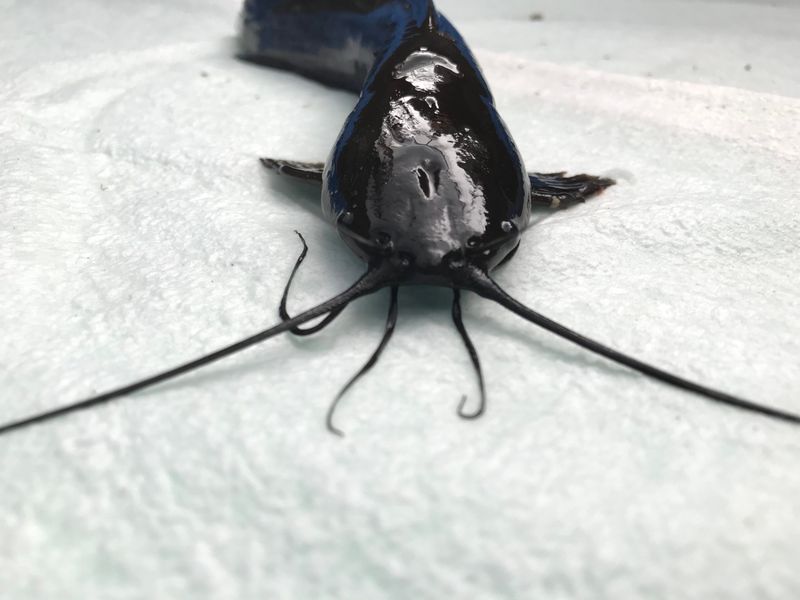
Walking catfish perform an unusual sideways wiggle to travel between water bodies. Native to Southeast Asia, they’ve become problematic invaders in Florida where they sometimes appear in suburban yards after heavy rains.
Their accessory breathing organ absorbs atmospheric oxygen when water quality deteriorates. Florida fish farmers learned their lesson the hard way when introduced walking catfish escaped ponds during floods, traveling to neighboring farms and devouring valuable fish stocks.
11. Why Invasive Fish Are So Hard To Stop
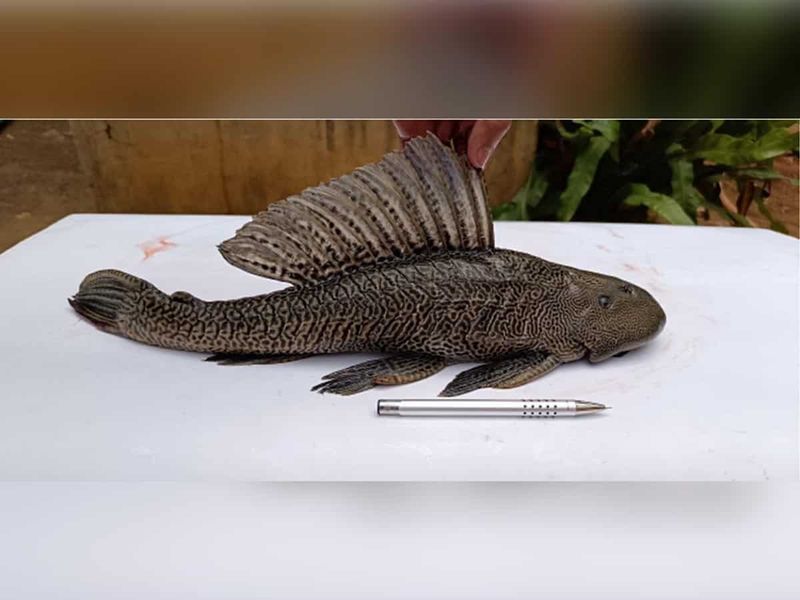
Conventional fish control methods fail against land-traveling species. Poisoning one water body simply encourages them to migrate elsewhere, while physical barriers prove useless against creatures that bypass them by land.
Their cryptic nature compounds the problem. Many invasive populations remain undetected until they’re firmly established. By then, eradication becomes nearly impossible. Scientists now focus on early detection systems using environmental DNA sampling to identify new invasions before they spread.
12. Carrying More Than Just Trouble
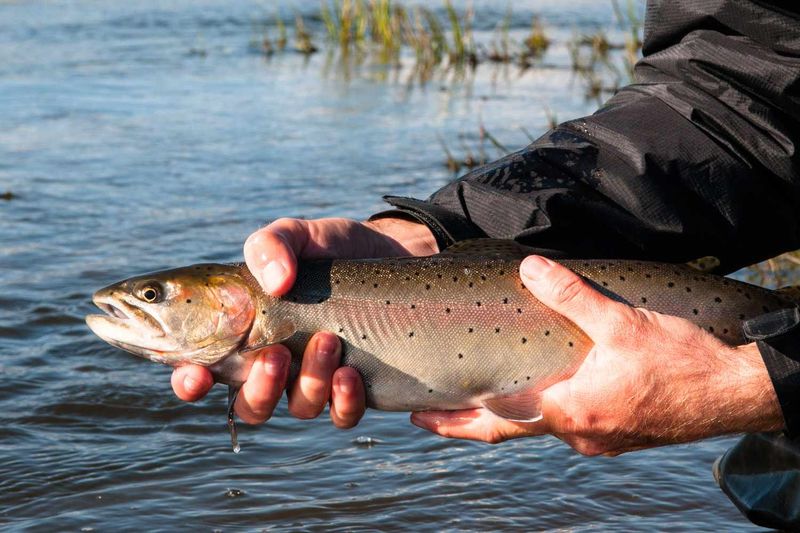
Beyond ecological damage, land-traveling fish transport harmful hitchhikers. Pond loaches frequently carry parasites like the Asian fish tapeworm that can infect native species with no natural immunity.
Some harbor bacteria dangerous to humans, including Vibrio species that cause serious infections. Their mucus contains compounds that trigger allergic reactions in sensitive individuals. Wildlife rehabilitators report increased disease transmission in areas where these invasive fish establish, creating ripple effects throughout the ecosystem.
13. What Makes The Pond Loach So Dangerous?

The pond loach represents a perfect storm of invasive traits. Their ability to breathe air lets them survive in oxygen-poor waters where native fish suffocate. Land travel helps them bypass barriers and colonize new habitats.
Rapid reproduction overwhelms ecosystems before natural controls develop. Their generalist diet means they’re never without food sources. Combined with tolerance for pollution and temperature extremes, these adaptations create what scientists call a “super invader” capable of transforming entire watersheds.





